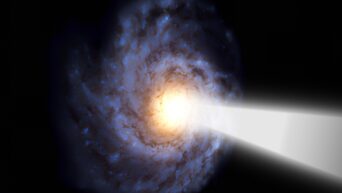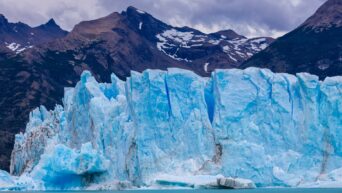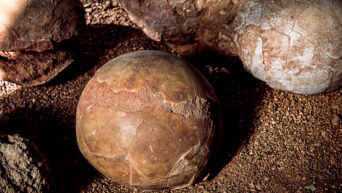An interesting new theory may have finally put a face to the enigmatic beast.
To determine the likelihood of a Loch Ness monster existing, a team of scientists from New Zealand’s Otago University found over 3,000 species in the dirty waters of the Scottish Loch Ness. The scientists decided to do a DNA test on all of the creatures to identify what loomed below the waters.
DNA from deer, humans, and pigs were identified, to name a few, but there seemed to be no sign of a monster of any kind. One of the professors, however, said that eels grow to gigantic sizes, which may well be Nessie’s true identity.
This is not the first study of its kind as people have been trying to unravel this mystery for years. In 2003, the BBC funded a search that involved the use of over 600 sonar beams. Just like in this recent study, no evidence of a monster was found.
But a giant eel? That can’t be it, right? The professor furthers his theory by saying that eels, for whatever reason, don’t migrate to reproduce. They stay in the same area and grow very large in size, rather than reproducing. But no evidence of giant eels has been identified.
The only DNA connection to dinosaurs was a distantly related amphibian, similar to frogs and toads. They did not turn up any DNA of crocodiles or lizards. As a result of the study, a public database of all the species in Loch Ness would become available. The professor hopes that this information will help people better understand the DNA of the vast amount of creatures that inhabit our waters.
He didn’t rule out that Nessie could exist because they couldn’t prove the theory to be negative. But in the meantime, tourists shouldn’t stop visiting in hopes of finding the elusive beast.

































